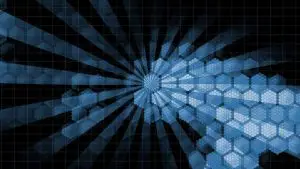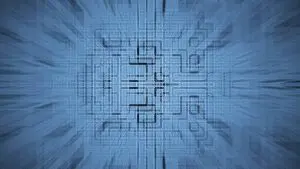The three-dimensional shape and irregular nature of electronic component topologies on air-cooled Printed Circuit Boards (PCBs) give rise to complex air flow patterns that have been well documented [1]. Even laminar flows over relatively simple shapes, such as cubical metal blocks simulating electronic components, often exhibit multi-dimensional flow phenomena that include … [Read more...]
Characterizing a package on a populated printed circuit board
This column has emphasized methods of analyzing packages in the JEDEC-standard test environment. A thermal metric that lends itself to analyses of system applications is the junction-to-board thermal characterization parameter, JB. If one knows the board temperature (TB), then the junction temperature (TJ) can be determined by a simple application of the following formula: TJ … [Read more...]
Parameters affecting package thermal performance a low end system level example
Thermal management of electronic equipment is a dynamic process. For example, the anticipated power trends for CMOS technology can be found in the roadmaps of [1 and 2]. They closely follow the rapidly rising power trends seen in the 1980s for the bi-polar circuits [3] but with a time shift by a decade. It is a fortunate circumstance that a tremendous amount of heat transfer … [Read more...]
Future trends in heat sink design
In today's electronics equipment, total system dissipated power levels are increasing with every new design. Increases in power levels combined with the market expectation of reduced package sizes lead to heat problems that, if uncontrolled, can significantly shorten the life of the electronics. Although this "increased power - decreased size" scenario has been prevalent for … [Read more...]
Determining the junction temperature in a semiconductor package, part IV – localized heat generation on the die
In the standard thermal test environment, thermal test chips are designed to dissipate the applied power uniformly over most of the die surface. However, in many situations of practical interest, the power is dissipated over a localized area of the die. This column provides calculation methods to deal with the latter situation. Figure 1 illustrates the situation of interest … [Read more...]
- « Previous Page
- 1
- …
- 76
- 77
- 78
- 79
- 80
- …
- 85
- Next Page »










